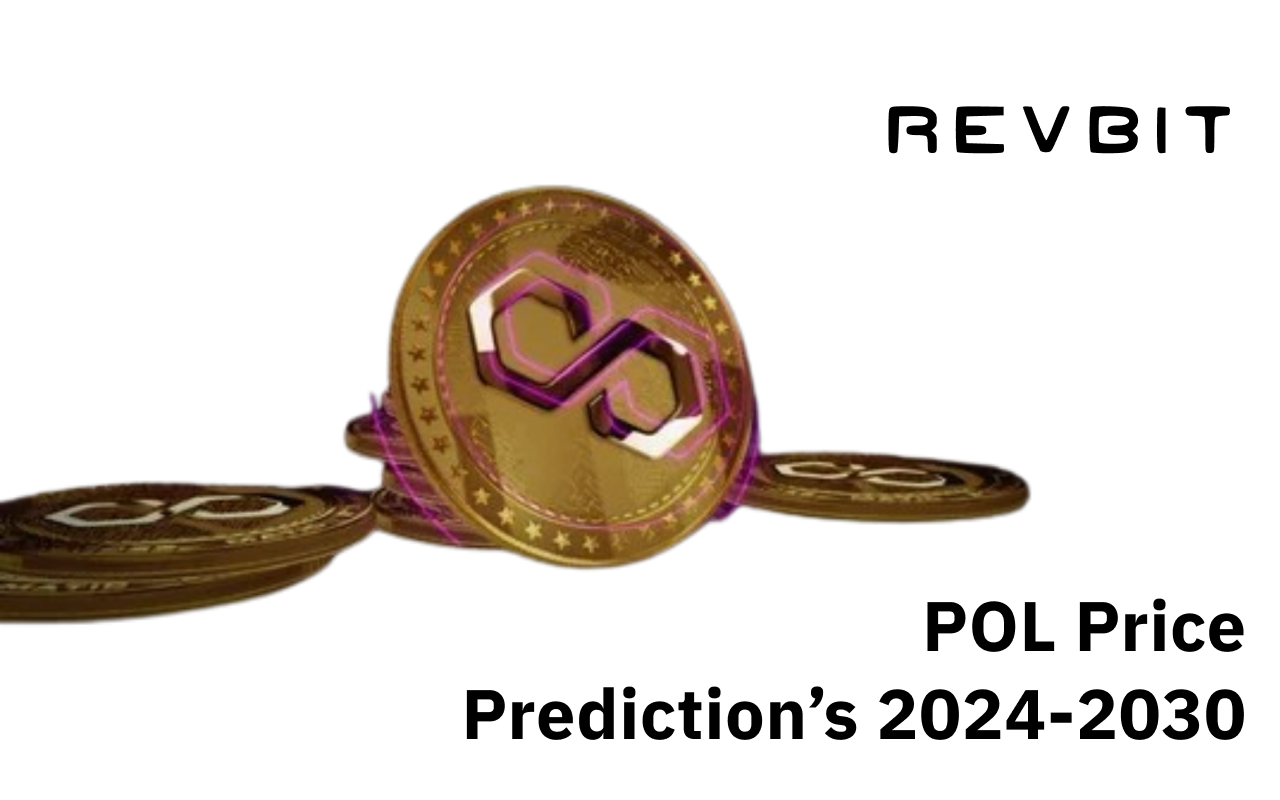
POL, the native cryptocurrency of the Polygon ecosystem, is gaining attention as a versatile and efficient blockchain token. With the continuous growth of decentralized applications (dApps) and the scalability challenges faced by Ethereum, Polygon and POL have positioned themselves as essential components of the blockchain ecosystem. This article provides insights into POL’s history, current market trends, factors influencing POL price, and forecasts for the years 2024-2030.
What Are Polygon and POL?
Polygon is a Layer 2 scaling solution designed to enhance Ethereum’s efficiency by providing faster transactions and lower fees. It has become a preferred platform for developers building decentralized applications due to its interoperability and scalability features. POL is Polygon’s upgraded token, designed to support staking, governance, and transactions across the Polygon network.
Unlike many cryptocurrencies, POL focuses on being a utility token that powers a specific ecosystem rather than serving as a standalone currency. This makes it a critical tool for developers and users within the Polygon framework.
What Is Happening with the Coin?
As of late 2024, POL has been experiencing significant market activity, driven by Polygon’s continuous advancements and growing adoption. The token is trading at approximately $1.15, reflecting a mix of market volatility and increased utility within the Polygon network.
Polygon’s partnerships with major companies and blockchain initiatives have solidified its reputation as a robust Layer 2 solution. The transition from MATIC to POL has also created a buzz, positioning the token as a forward-looking asset with strong market potential.
Key Characteristics and Features of POL
Scalability
POL powers the Polygon network, which enhances Ethereum’s scalability by processing thousands of transactions per second.
Lower Transaction Costs
The Polygon network offers significantly reduced transaction fees compared to Ethereum, making it an attractive choice for dApp developers and users.
Interoperability
Polygon supports cross-chain compatibility, allowing developers to build solutions that interact seamlessly with other blockchains.
Governance and Staking
POL allows holders to participate in governance decisions and earn rewards through staking, ensuring active community involvement and token utility.
Factors Influencing the POL Exchange Rate
- Market Supply and Demand. The price of POL is heavily influenced by its supply and demand dynamics. Increased adoption of the Polygon network directly impacts POL’s demand, driving up its price.
- Regulatory Changes. Global regulatory decisions regarding blockchain and cryptocurrencies can create both opportunities and challenges for POL. Favorable regulations could boost investor confidence, while stricter policies might limit market growth.
- Technological Updates. Polygon’s continuous innovation, including upgrades to its Layer 2 solutions, can significantly influence POL’s utility and price. Successful implementation of new features often attracts more developers and users.
- Macroeconomic Indicators. Economic factors such as inflation, interest rates, and market sentiment toward digital assets also play a crucial role in shaping POL’s price trajectory.
Historical POL Price Analysis
Since its inception, POL (previously MATIC) has seen substantial price volatility:
- 2021-2022: Polygon gained traction as a leading Layer 2 solution, driving MATIC’s price to an all-time high of $2.92 in December 2021.
- 2023: Following the transition to POL, the token stabilized around the $0.80-$1.20 range, reflecting both market consolidation and adoption growth.
- 2024: POL’s performance continues to improve, with increased activity on the Polygon network supporting its price resilience.
POL Price Forecasts for 2024-2026
Experts predict varying price trajectories for POL in the coming years. Here’s an overview based on different market scenarios:
| Year | Minimum Price | Average Price | Maximum Price |
|---|---|---|---|
| 2024 | $1.50 | $2.00 | $3.00 |
| 2025 | $2.50 | $3.50 | $5.00 |
| 2026 | $3.50 | $4.50 | $6.50 |
Adoption growth, technological advancements, and potential regulatory clarity are expected to play key roles in these price movements.
Long-Term POL Projections: 2027-2030
Long-term predictions for POL remain optimistic, particularly as Polygon continues to expand its ecosystem and influence:
- 2027-2028: With widespread adoption of Polygon’s scaling solutions, POL’s price could range between $6.00 and $8.00.
- 2029-2030: Enhanced interoperability, global adoption, and advancements in blockchain technology might drive POL’s price to $10.00 or higher.
Exchange POL with Revbit
Looking for a fast and secure way to exchange POL? Revbit offers a seamless platform for trading POL with no registration or KYC requirements. Whether you’re exchanging POL for stablecoins or other cryptocurrencies, Revbit ensures competitive rates and a hassle-free experience.
Revbit’s user-friendly interface and robust security measures make it an ideal choice for managing your cryptocurrency portfolio. Start trading POL on Revbit today and experience the convenience firsthand.
Recommendations for Investors and Disclaimer
POL is an essential component of the Polygon ecosystem, offering significant growth potential. However, like all cryptocurrencies, it carries risks due to market volatility. Investors should:
- Diversify their portfolios.
- Stay updated on regulatory and technological developments.
- Consider their risk tolerance before investing.
This article is for informational purposes only and does not constitute financial advice. Consult a financial advisor before making investment decisions.
Frequently Asked Questions (FAQ)
What is POL used for?
POL powers the Polygon network, supporting staking, governance, and low-cost transactions within its ecosystem.
How does POL differ from MATIC?
POL is the upgraded token for Polygon, designed to enhance staking and governance functionalities, replacing MATIC.
What influences POL’s price?
Key factors include market demand, technological advancements, regulatory developments, and macroeconomic conditions.
Is POL a good investment for 2024?
POL shows potential due to its growing adoption and utility. However, investment decisions should be based on thorough research and risk assessment.
Where can I exchange POL?
You can securely trade POL on Revbit without registration or KYC requirements, making it a convenient option for cryptocurrency exchanges.